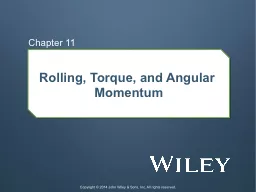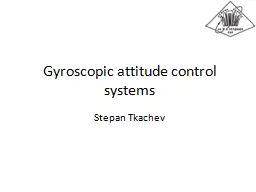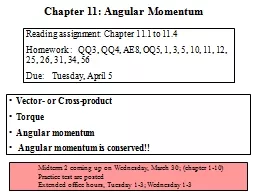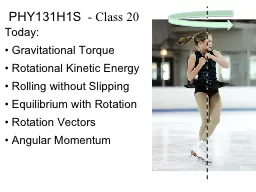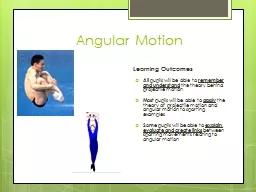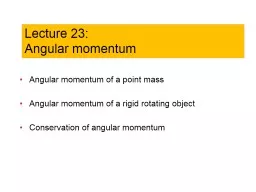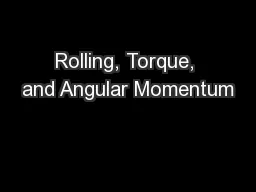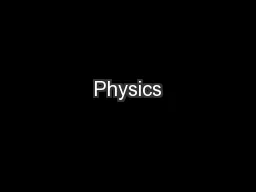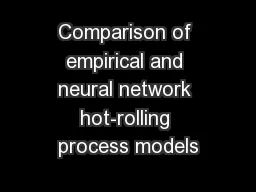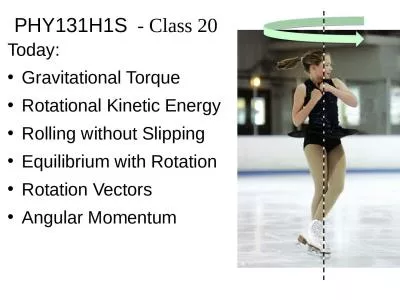PPT-Rolling, Torque, and Angular Momentum
Author : syfarect | Published Date : 2020-06-25
Chapter 11 Copyright 2014 John Wiley amp Sons Inc All rights reserved 111 Rolling as Translation and Rotation Combined 1101 Identify that smooth rolling can be
Presentation Embed Code
Download Presentation
Download Presentation The PPT/PDF document "Rolling, Torque, and Angular Momentum" is the property of its rightful owner. Permission is granted to download and print the materials on this website for personal, non-commercial use only, and to display it on your personal computer provided you do not modify the materials and that you retain all copyright notices contained in the materials. By downloading content from our website, you accept the terms of this agreement.
Rolling, Torque, and Angular Momentum: Transcript
Download Rules Of Document
"Rolling, Torque, and Angular Momentum"The content belongs to its owner. You may download and print it for personal use, without modification, and keep all copyright notices. By downloading, you agree to these terms.
Related Documents

